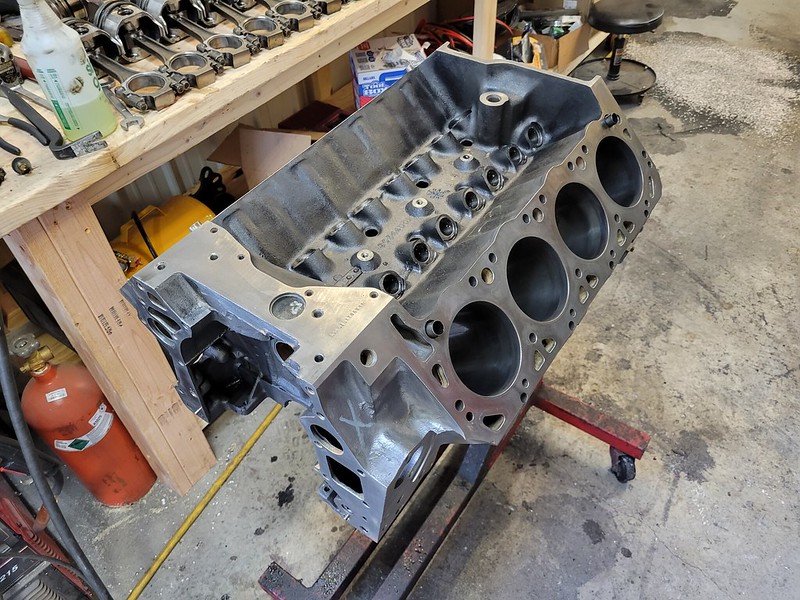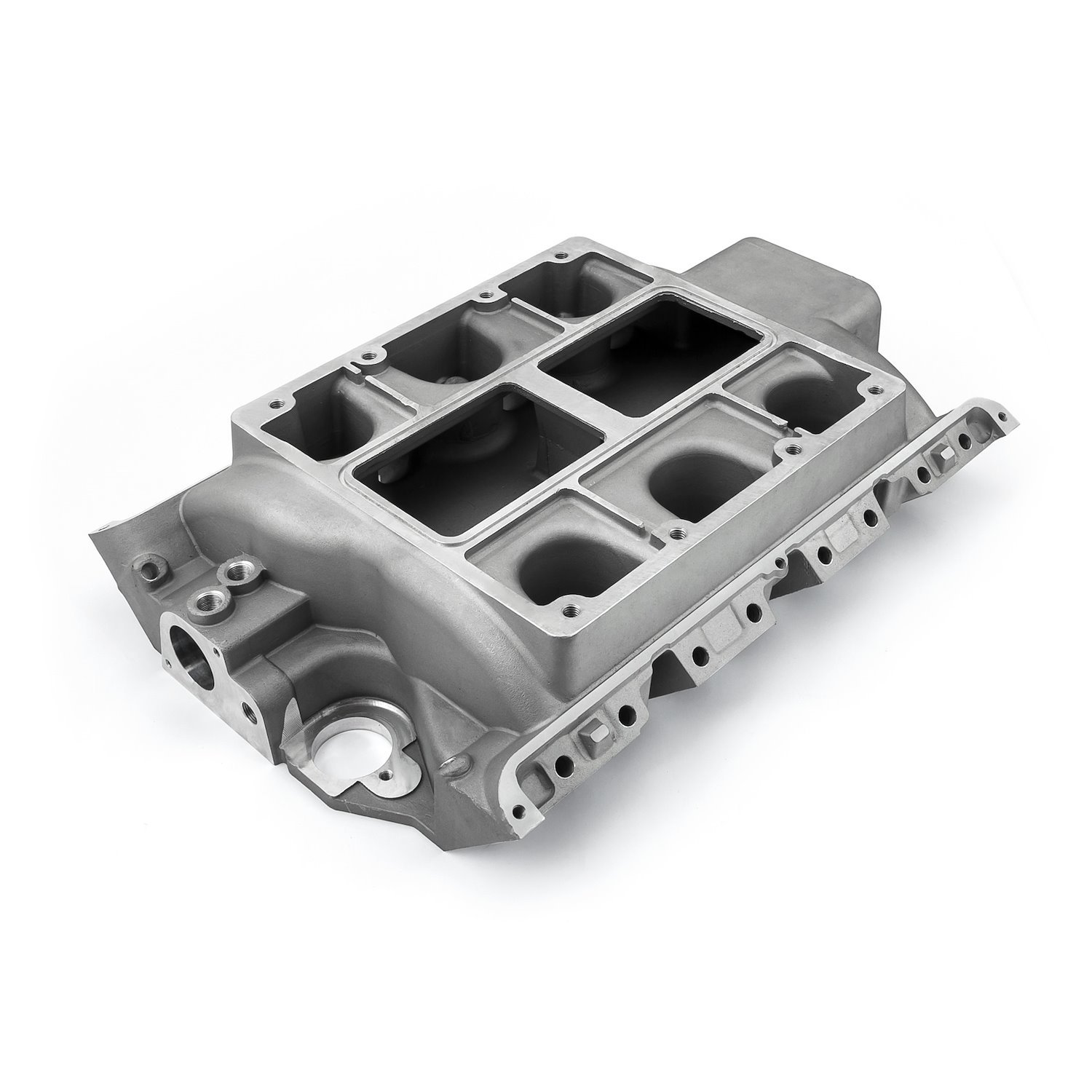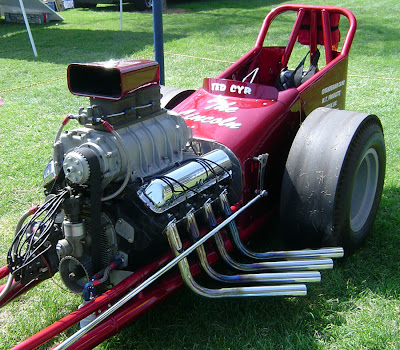61
FE Technical Forum / Re: Fuel Efficient Build---352 or 351W
« on: March 04, 2022, 12:45:44 PM »
I would be willing to bet a box of doughnuts that swapping the C6 for an AOD would get you from 13-16 to 16-19 mpg, unless you have a really tall rear end gear. The nice part is it is a bolt in, but looking at the numbers, is it worth it?
$3K for a trans swap, yes you can probably do it cheaper, but lets say you buy a nice, new AOD trans from somewhere and a few other pieces and widgets you end up with about $3K into the swap.
The AOD get's you 3 extra mpg on average. At $3 per gallon, it will take about 90,000 miles of driving to pay off the $3K spent on the swap, factor in inflation and net present value over the next 4.5 years that it takes for you to rack up 90K miles, and it probably isn't worth it.
But then again, NONE of the things we do to these old cars on this board are generally worth it from a pure accounting standpoint. It is just for the Fun, and it is arguably better than spending the cash on hookers and blow.
$3K for a trans swap, yes you can probably do it cheaper, but lets say you buy a nice, new AOD trans from somewhere and a few other pieces and widgets you end up with about $3K into the swap.
The AOD get's you 3 extra mpg on average. At $3 per gallon, it will take about 90,000 miles of driving to pay off the $3K spent on the swap, factor in inflation and net present value over the next 4.5 years that it takes for you to rack up 90K miles, and it probably isn't worth it.
But then again, NONE of the things we do to these old cars on this board are generally worth it from a pure accounting standpoint. It is just for the Fun, and it is arguably better than spending the cash on hookers and blow.






 ) negated any such considerations; though still, due to reversion effects the air boxes were fitted with drains to remove the accumulation of oil and fuel liquid. The simplest solution to attempt to equalize the cylinder to cylinder fuel mixtures has generally been to move the blowers' mounting forward on the engine, when and if other concerns (what distributor?
) negated any such considerations; though still, due to reversion effects the air boxes were fitted with drains to remove the accumulation of oil and fuel liquid. The simplest solution to attempt to equalize the cylinder to cylinder fuel mixtures has generally been to move the blowers' mounting forward on the engine, when and if other concerns (what distributor?  ) in the fitment permit such; this somewhat akin to the adjustable/sliding carburetor spacer plates this allowing the carburetor to be moved forward & back to find the position providing the best performance.
) in the fitment permit such; this somewhat akin to the adjustable/sliding carburetor spacer plates this allowing the carburetor to be moved forward & back to find the position providing the best performance. 









